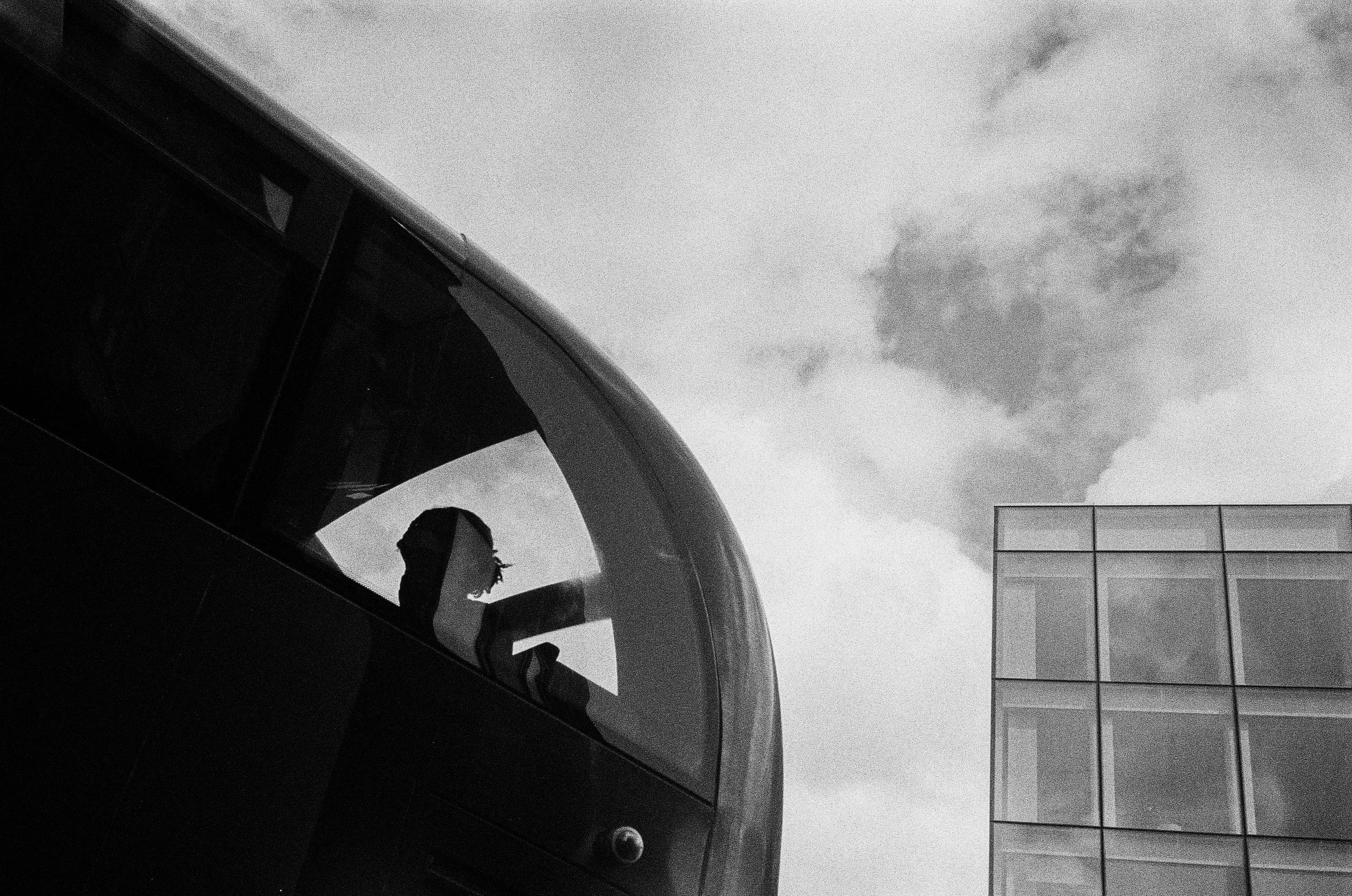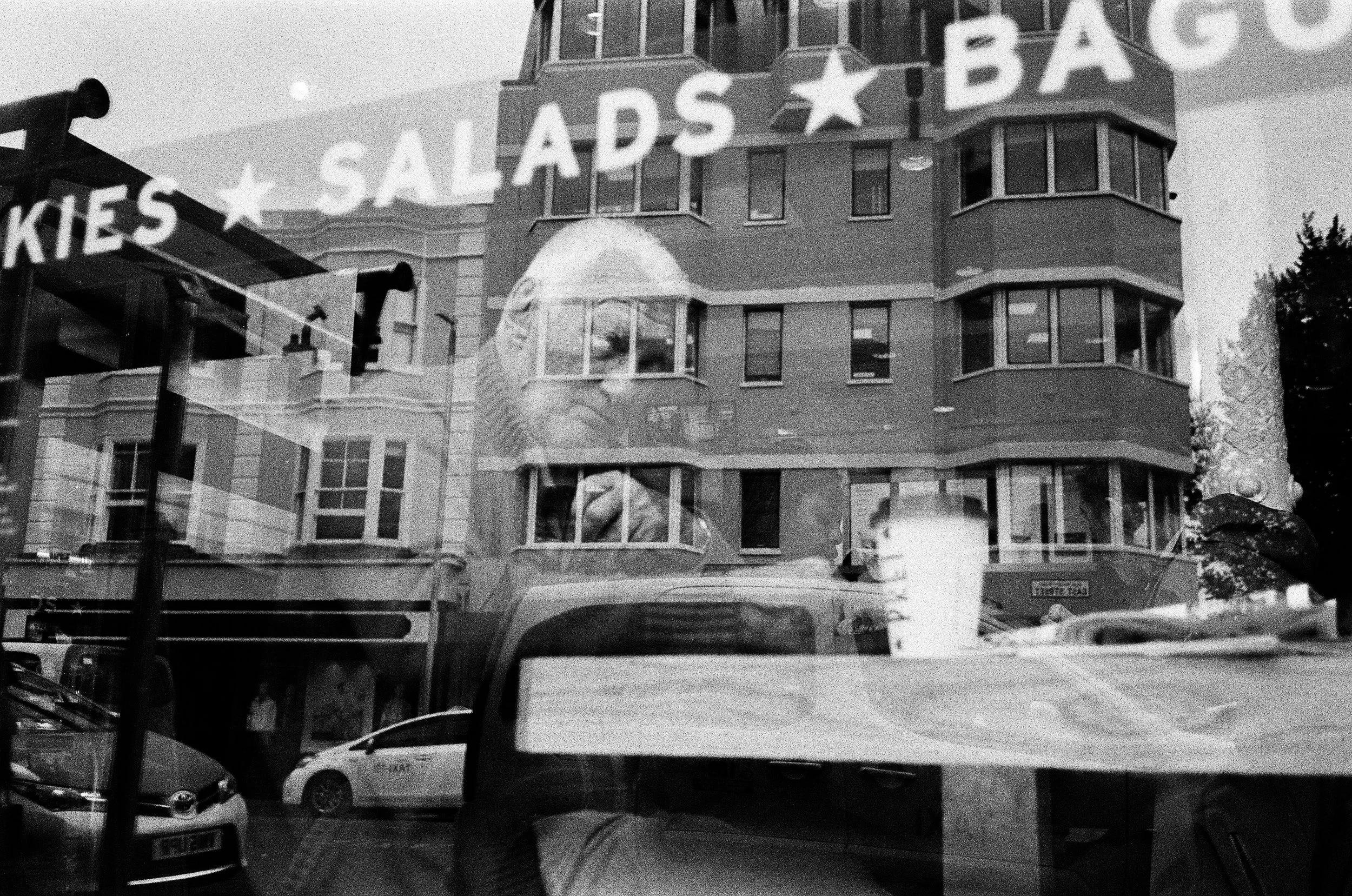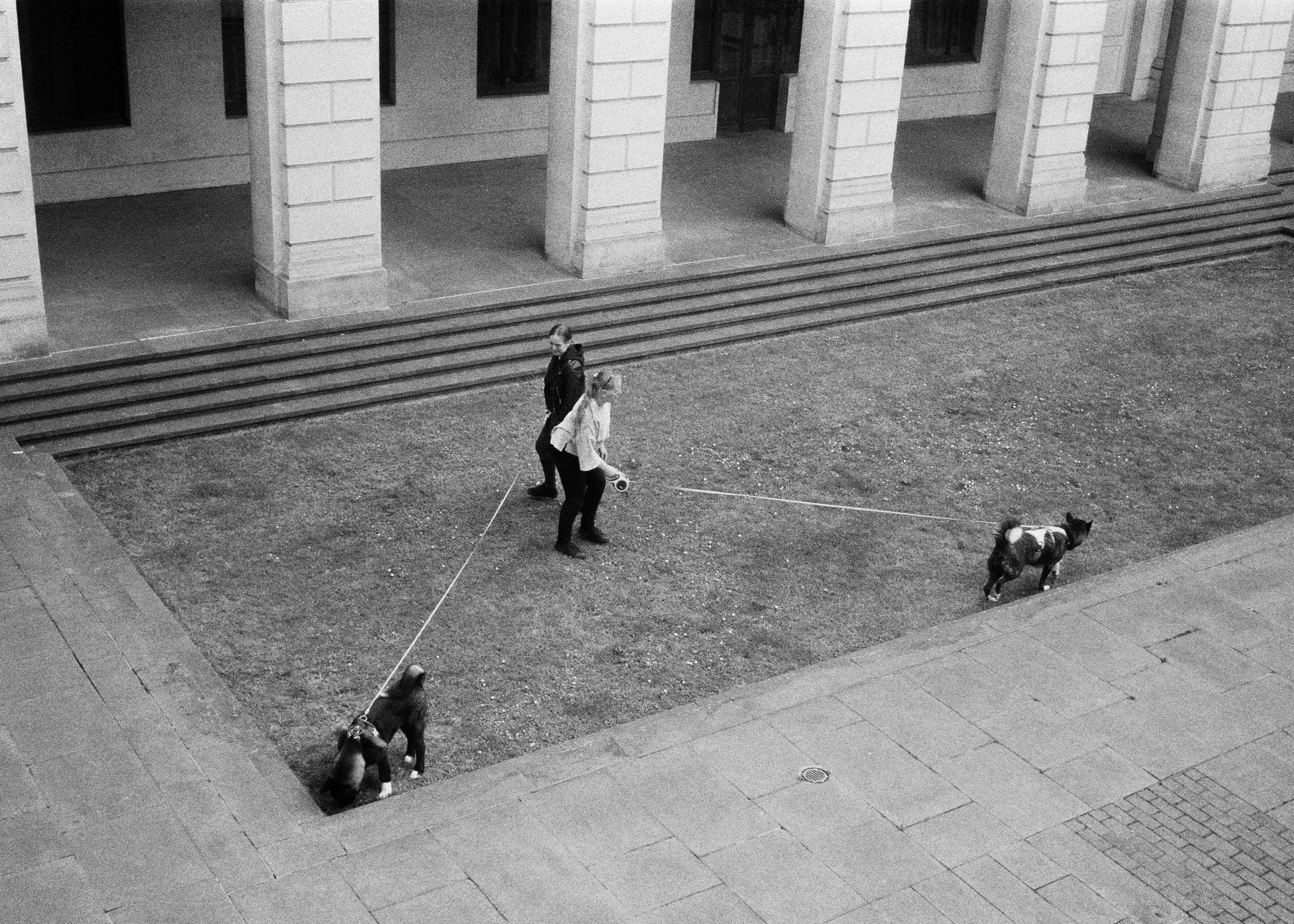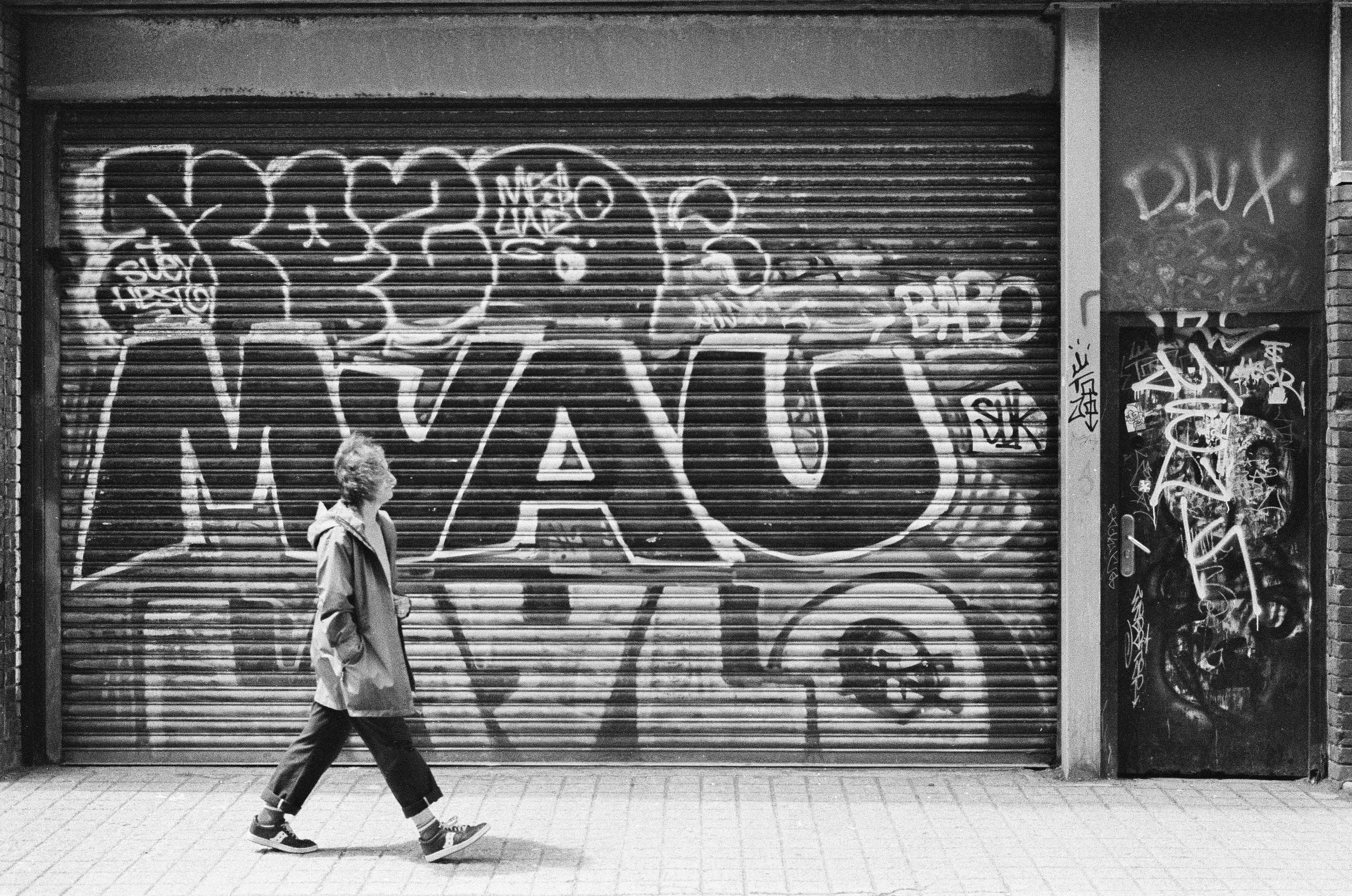Why You Should Be Shooting More Black & White Film
I just released a video where I head into London with my Canonet QL19 and a roll of Kodak Tri-X to shoot some classic black and white 35mm street photography.
But this blog post is about more than just one photo walk. It’s a deeper look at why I think more people should be shooting black and white film, especially for street work.
Whether you’re brand new to film photography or looking to switch things up creatively, black and white might just be the shift you need.
1. Wide Exposure Latitude
Black and white film, especially stocks like Kodak Tri-X and Ilford HP5+, can handle a surprising range of exposure. Whether you're slightly over or under, they’ll still produce usable and often beautiful results. This makes them super forgiving, especially if you’re still figuring out your metering or you're shooting quickly on the street.
2. Great in All Weather Conditions
One of the biggest perks of black and white film is how well it handles dull or flat lighting. In fact, grey skies often bring out more texture and contrast, which can enhance your images. Unlike colour film, you don’t need golden hour or vibrant light to make an impactful photo.
3. Timeless Aesthetic
Black and white street photography has a certain magic to it. It strips the scene back to shapes, light, and composition, letting the moment shine without distraction. The timeless look it delivers can give your work a sense of permanence and mood that colour sometimes struggles to match.
4. It’s Cost-Effective
Let’s face it, film isn’t cheap. But black and white film is often more affordable than colour stocks, and the processing is usually cheaper too. It’s also much easier to develop at home, which can save you even more in the long run.
5. It Changes How You See
Shooting black and white forces you to think differently. You’re not looking for colour contrast anymore, you’re focused on light, shadow, shape, and texture. It helps you become more intentional and aware of how light falls across a scene. In many ways, it trains your eye and sharpens your composition skills.
6. Things to Look Out for When Shooting Black & White
When shooting B&W, keep your eyes peeled for:
Strong contrast – backlit subjects or dramatic shadows.
Textures – brick walls, fabric, rain on pavements.
Repeating patterns – architecture, crowds, or signage.
Emotion and gesture – strip away the colour and it’s all about the human element.
7. Perfect for Beginners
If you’re new to film, black and white is a great place to start. The forgiving exposure range, lower costs, and visual simplicity make it far less intimidating. You’ll learn the fundamentals faster and build confidence without getting bogged down by technical perfection.
Bonus: My Favourite Black & White Film Stocks
In the video, I show examples from a few of my favourites:
Ilford HP5+ – Reliable, classic, punchy.
Kodak Tri-X – Gritty, contrasty, beautiful tones.
Ilford Delta 400 – A more modern feel with smoother grain and cleaner detail.
Each one has its own look, and I’d recommend trying all three to find your favourite.
Image Examples
Below you’ll find a small selection of images I shot on these black and white stocks—including Kodak Tri-X, Ilford HP5+, and Ilford Delta 400. These were shot over a few different street photography sessions in and around London.















Watch the Full Video
To see all of this in action, check out the full YouTube video here:
Watch now: Street Photography on Kodak Tri-X & More
Let me know which black & white film stock is your favourite. And if you’re just getting into it, I’d love to hear how you get on.

